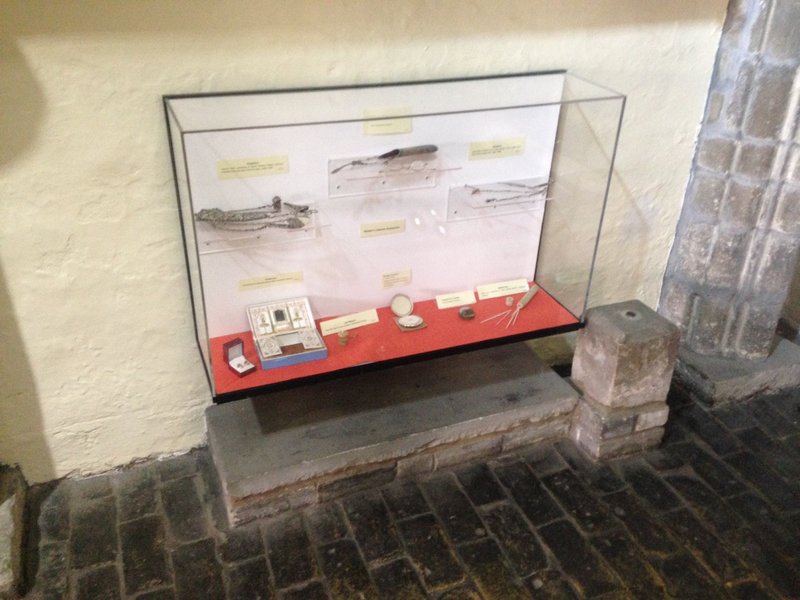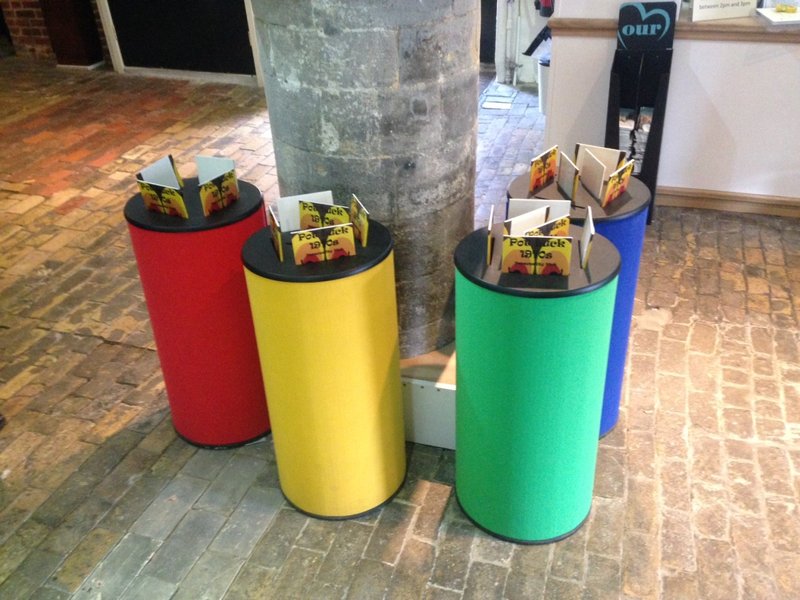Creating a Bury St Edmunds Exhibition
Over the last couple of days the whole Redress of the Past team has been camped out in King's College London, beginning to put together an exhibition we are planning in collaboration with Magna Carta 800. This will take place in June 2015 in the Moyse's Hall Museum in the middle of Bury St. Edmunds, and will be totally FREE!
Vital to the exhibition is the extensive research we have done on the pageants of 1907, 1959, and 1970. Visiting the Bury Record Office, using the online British Newspaper Archive, and taking advantage of the British Library Listening Service, we have uncovered a whole range of souvenirs, scripts, photos, and reports. Working in pairs we have now started writing up this work into colourfully illustrated panels, uncovering the meaning and magic of community theatre in all its glory. The central theme of the exhibition will be Magna Carta - emphasising Bury St . Edmunds special relationship to the notable document. We will exhibit physical items from the pageants, like swords and souvenirs, alongside individual memories, press coverage, and our own investigation of these momentous events. While the large panels will be familiar to all regular exhibition-goers, the use of 'paddles' (small information boards that detail short 'nuggets' of stories) are new to us and particularly fun to write!

One of the glass boxes where we will display pageant props and memorabilia

The fun 'paddle bins' that we will use for 'pageant nuggets'
One of the most enjoyable aspects of our research has been watching the incredible colour film of the 1959 Magna Carta Pageant. As well as featuring extensive footage of the episodic action, the film also includes a rare glimpse into the social, cultural, and economic life of the town in the 1950s. It will almost certainly evoke strong memories in both long-term and newer residents of the town. We are very excited about featuring this footage in the exhibition, along with clips from the 1907 pageant and 1970 pageant (featuring a particularly gruesome beheaded King Edmund) as well, and possibly even staging a 'film night' to watch the forty minute clip in full.
We hope that the people of Bury and further afield will find much that is familiar in the exhibition, as well as more that is surprising. After all, who knew that for two weeks in 1907, that Bury St. Edmund's was the most talked about town in England? And would have believed that the High Commissioners of India, New Zealand and Ghana would make a special trip to the town in 1959, to watch the local people act out a modern interpretative ballet? Or, perhaps most worryingly, there was a pair of almost-naked Danish wrestlers, duelling in the Abbey Gardens in 1970?! All this and more will be revealed to the public in less than a year...
